I’d like to relate a story from the relatively recent past (the 1960s). A little girl with her curly golden-brown hair caught up in two adorable doggie ears high on her head, spots a thumbnail-sized shiny brown disk at her feet. She drops to her haunches, peering with concentration at the ground. Lifting her head, a triumphant smile wreathing her face, she tells her father in her very first sentence ever, “I see bug,” at which time her older sister comes over and stomps it.

We’ll come back to that true story later because the point was to get bugs into the conversation without chasing you off, dear reader. Now I want to introduce 4-inch-long cockroaches (1), giant millipedes (up to eight feet long), and dragonflies (the size of pigeons) of the Carboniferous era (323 to 299 million years ago) (2) and ask this question: Why were bugs so BIG 300 million years ago? The answer in no small part is because of oxygen (O), the eighth element of the periodic table and one most life on earth can’t live without.
But why is O so important for life on this planet? Not to sound flippant, but life was built around oxidation and O is a great oxidizer, which means it easily extracts electrons from other atoms and molecules and holds onto them. If given the chance, O will take electrons and oxidize other molecules while it becomes reduced (adding a negative charge to its structure) (3). Most living organisms gain energy by stripping electrons from carbon-based molecules—carbohydrates (sugar), fats and fatty acids, amino acids and protein. The stripped carbon is ultimately turned into carbon dioxide (CO2), which is released during exhalations. In an elegant series of connected molecules in our cells, the electrons are transferred to the oxygen we breathe in and both end up in water (H2O), a byproduct of cellular fuel combustion (4—probably the BEST biochemistry movie ever).
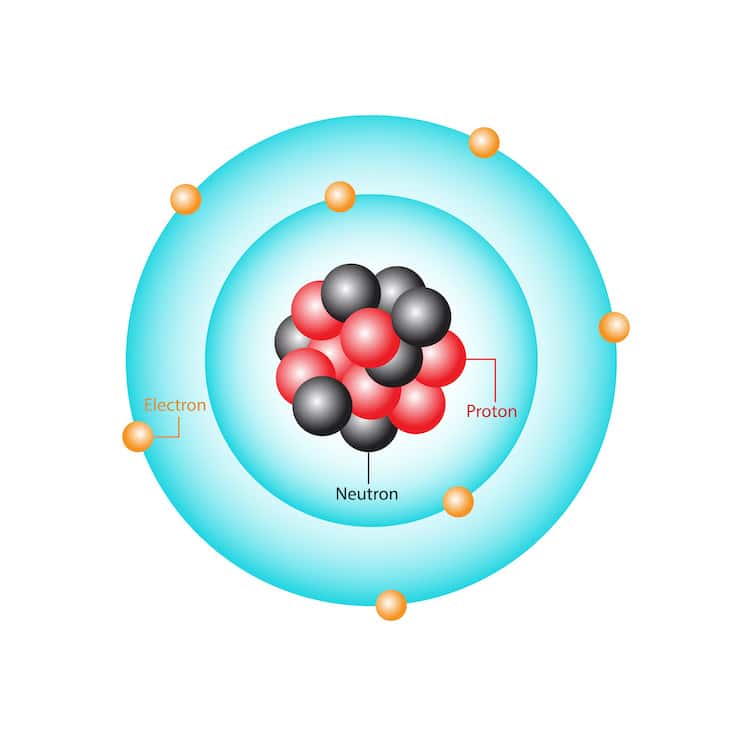
Oxygen in the atmosphereThe air on earth right now contains 20.95% O, 78.08% Nitrogen (N), 0.95% Argon (Ar), and 0.035% CO2 (5), about 420 parts per million (ppm) (6). But back in the Carboniferous era when giant bugs ruled the land, O made up ~35% of the atmosphere and CO2 was at 1500 ppm (7). The high CO2 was great for plants because plants use CO2 to make the building blocks of their structure—carbohydrates, amino acids and proteins, and fats and fatty acids. High CO2 resulted in more and larger plants covering the land, which then pumped out more oxygen into the atmosphere as a by-product of photosynthesis (8). FYI: Carboniferous levels of oxygen would be chronically toxic to humans (9), but bugs in the era evolutionarily adapted to the higher amounts of oxygen and used it to grow to enormous size.
The easiest explanation is that bugs (and by bugs I mean both insects and arachnids) used the higher concentration of oxygen and greater nutrient availability to process more carbon fuel, which allowed for greater growth over time. But of course, it’s more complex than that, and to explain that extra complexity, we will need to talk about insect anatomy. This just keeps getting better and better, right? All oxygen breathing organisms MUST get enough O into their tissues and cells to process fuel and create energy. But O doesn’t dissolve or diffuse well in liquid, and between 55-60% of an adult human is water (10). So humans have developed a closed circulatory system that uses the heart to pump oxygen rich blood deep into their body. In fact, the smallest of our circulatory vessels, capillaries, are literally the width of an oxygen-carrying red blood cell. Capillaries spiderweb over or very near every cell of our body to deliver oxygen picked up in our lungs.
Bugs have a completely different system for gas exchange (O2 in, CO2 out). Small tubes in the insect called spiracles allow air to penetrate the insect’s body. Spiracles then open into a body-wide system of more tubes called trachea, which branch into smaller tracheolesthat transport oxygen to deeper tissues (11). This system allows insects to use the inefficient direct oxygen diffusion method, which can limit body size.
More than you ever wanted to know about bugs
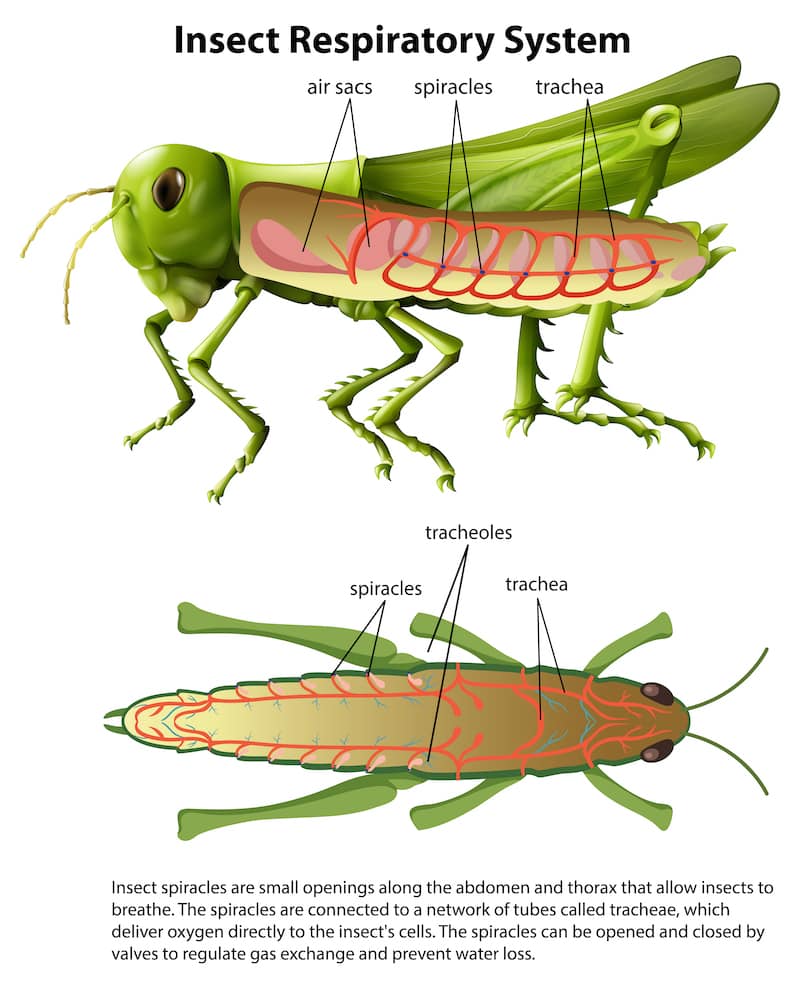
With that in mind, here are a couple of facts about insects today that will help us understand the development of super-huge bugs in the past:
1. In highly active insects, the tracheal system can take up 50% of their body volume leaving less room for other tissues to develop.
2. Tracheal cells are very sensitive to oxygen levels in the insect’s tissues. When low levels are detected in an insect’s tissues, tracheal cells respond by growing more branches.
Both a large tracheal system and oxygen-responsive growth require energy that could otherwise be used to grow overall BIGGER bugs. In fact, experiments have shown that dragonflies grown in decreased oxygencauses them to grow 20% smaller with a higher body volume of trachea than controls, while dragonflies grown in increased oxygen environments are 15% larger with a less extensive, lower body volume of trachea than controls (12). The conclusion? Bugs in the carboniferous era were probably more like the larger, oxygen-grown dragonflies.
Almost done and there’s a Jurassic Park reference
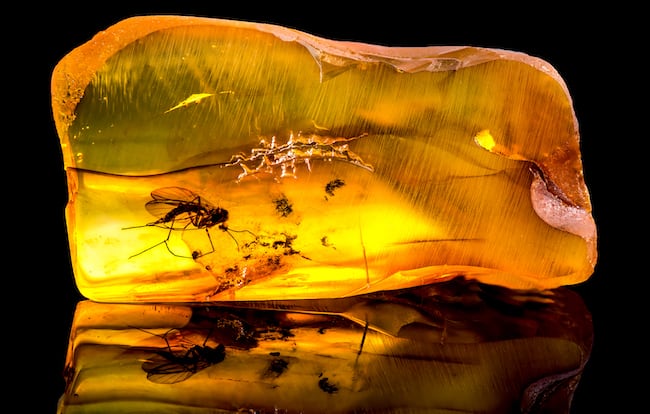
But how can we prove that Carboniferous bugs had smaller trachea? The old Jurassic Park (1993) trick: Measure the tracheal anatomy of ancient insects trapped in amber! Unfortunately, that study has not yet been published (13).
To be fair, increased size with higher oxygen is only one theory of huge bug growth. Others include less tracheal growth to decrease oxygen toxicity, leading to larger insect size with the energy savings AND/OR lack of predators for insects in the carboniferous era.
Back to the bug story. The older sister who stomped the “I see bug” bug heard that tale many times growing up and once tearfully asked if she actually killed the bug. Her father gave her an understanding hug and told her no, the bug was already dead. Her mind and soul relieved, she grew up with a tender heart, makes sure spiders she finds in her home are transported outside alive, and writes mysteries where someone invariably dies, sometimes horribly. A very odd dichotomy.


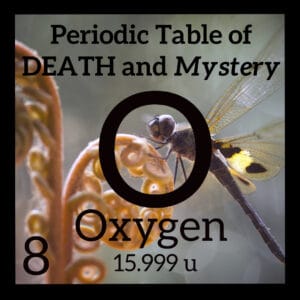
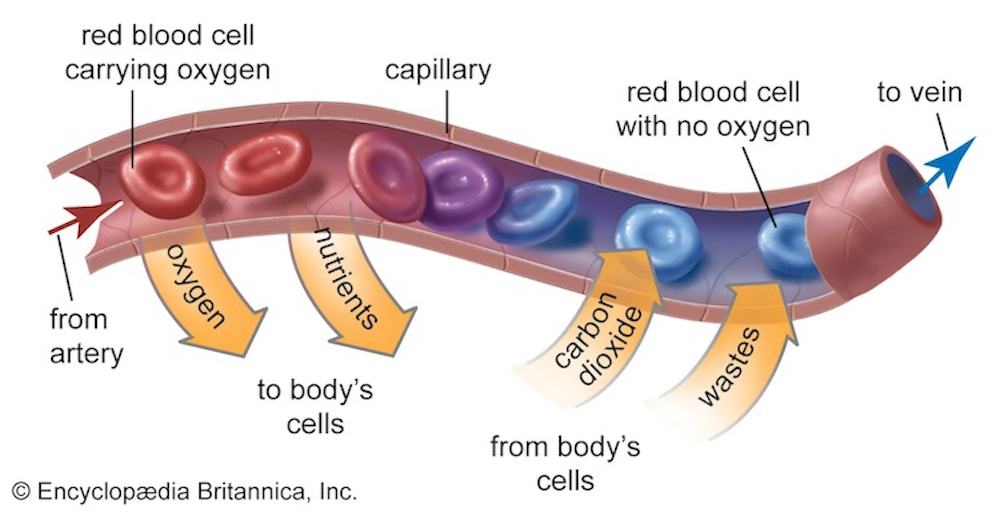
Leave a Reply